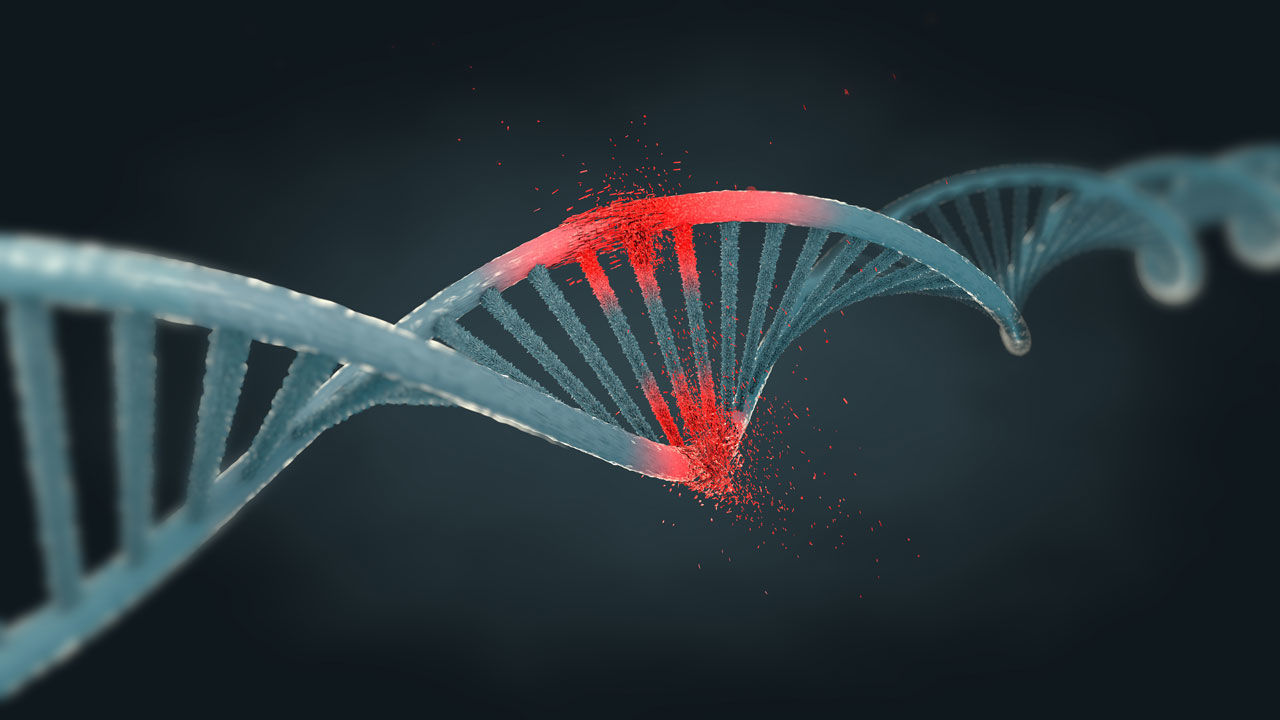Source – https://worldhealth.net/
Current estimates are that around 36 million people suffer from Alzheimer’s disease or related dementias, and there are no approved medications to prevent the progression of this mind wasting debilitating disease which is the fourth leading cause of death around the globe.
Pathologies related to blood vessels in the brain occur in around 80% of those diagnosed with Alzheimer’s disease, and the underlying mechanisms that lead to perivascular pathology and accompanying BBB disruption are poorly understood. Recent research published in EMBO Molecular Medicine has identified mutations in the gene CSF-1R that have been linked to a rare form of dementia called leukoencephalopathy, findings may help develop therapeutics for AD.
Commenting on the clinical significance of the findings, Colin Doherty, MD, FRCPI, FFESM, professor of epilepsy, Trinity College, said: “It is absolutely critical that we focus our research endeavors on identifying the underlying cause of neurodegenerative conditions. Studies like these will pave the way for better clinical management of our patients and hopefully new medicines to treat the condition.”
“What we sought to do in our study was to examine a very rare form of brain disease called leukoencephalopathy with very similar characteristics to Alzheimer’s disease. We’ve defined the genetic cause of this condition,” said Mathew Campbell, Ph.D., associate professor at Trinity and senior author on the study.
“We’ve discovered two new mutations in a gene called colony-stimulating factor-1 receptor or CSF-1R. These mutations have led to a loss of function in the white blood cells that circulate throughout your body. And we’ve now tied this loss of function to damage at the blood vessels of the brain which leads to dementia,” said Conor Delaney, Ph.D., postdoctoral research fellow.
Adult-onset of leukoencephalopathy is characterized by swollen axons, pigmented glia, and by the building up of amyloid plaques on the walls of the arteries in the brain. This condition is very rare but devastating to the affected families with the disease initially manifesting with psychiatric and behavioral changes which are followed by a rapid progression of dementia in the third to fourth decade of life.
Leukoencephalopathy was believed to be caused by microglia immune cells within the brain due to the disease pathology involving degeneration of brain white matter. This study identified two families with different mutations located in the enzymatically active region of the CFS-1R gene. The protein product of this gene acts as the receptor for 2 related ligands: CSF-1 and IL-34. CSF-1R function is important to the activity of microglia and white blood cell macrophages that engulf and destroy aberrant materials like cellular debris and bacteria.
In this study the loss of CSF-1R signaling was shown to disrupt the blood-brain barrier and decrease the capacity of peripheral macrophages to engulf materials without affecting the function of microglia; when this function is compromised macrophages are not able to zero in on amyloid plaques effectively.
“This was fundamentally a translational research project, where data obtained from patient samples critically informed the direction of our preclinical studies. Our findings have shed light on a novel mechanism of neurodegeneration that may ultimately teach us more about common forms of dementia,” said Campbell.
Molecular crosstalk between endothelial cells lining blood vessels and microglial cells remodeling the intercellular interactions of the blood-brain barrier and the loss of CSF-1R function was also shown to damage the BBB in preclinical model animals and patients.
Findings suggest that regulating the integrity of the BBB and the systemic recruitment of macrophages to the brain might be therapeutically relevant to leukoencephalopathy and other Alzheimer’s like dementias.
“We’ve identified potential therapeutic targets that could benefit both this rare disease leukoencephalopathy, and also much more common forms of dementia like Alzheimer’s disease,” said Campbell.
